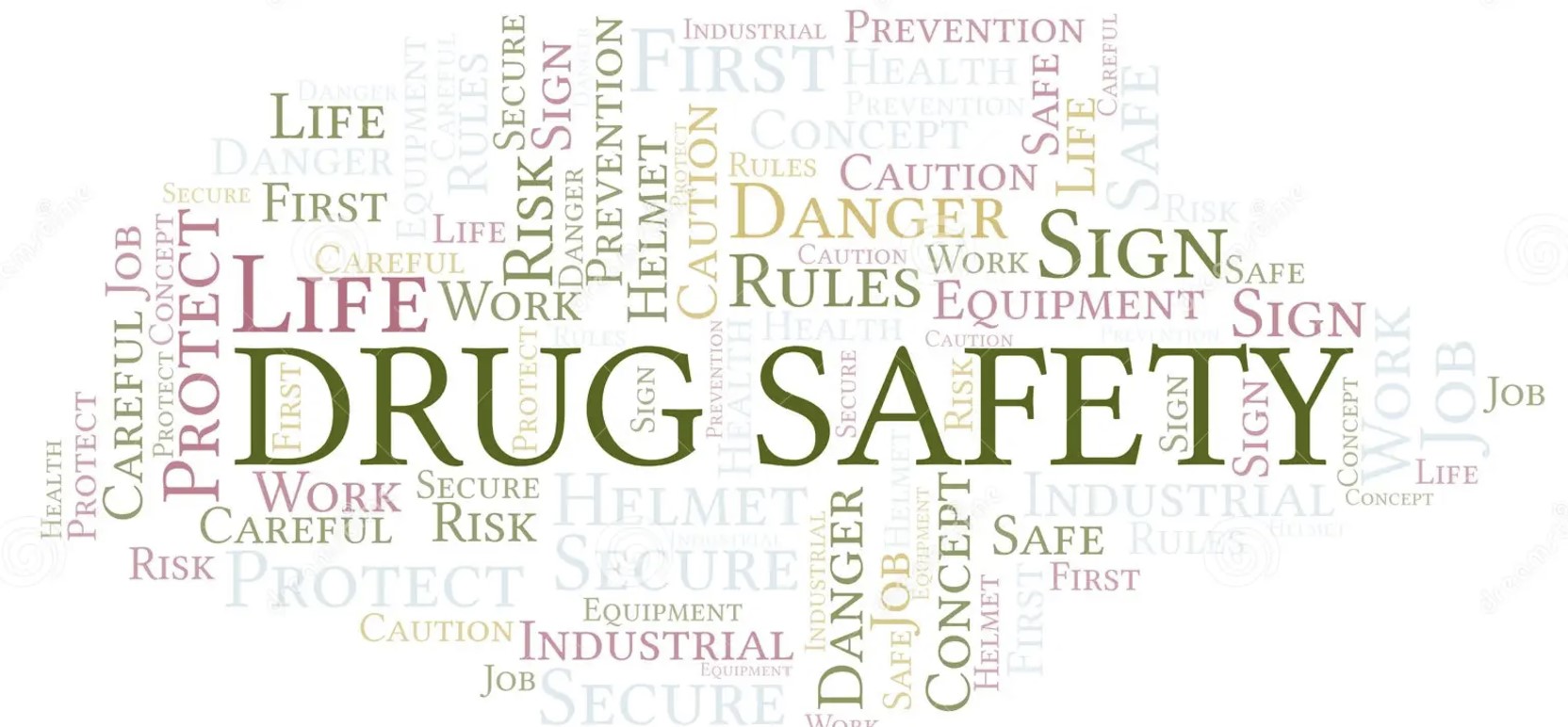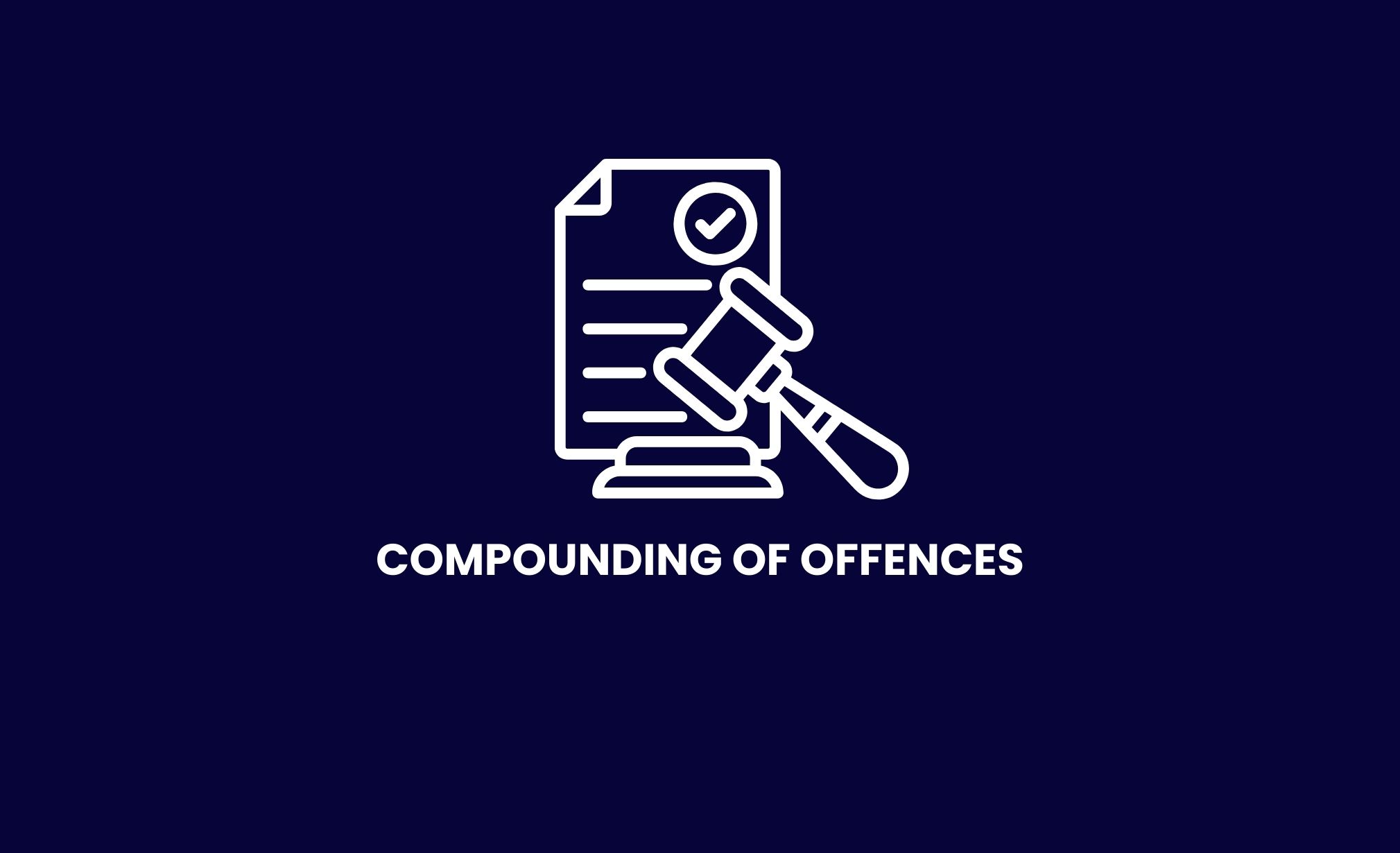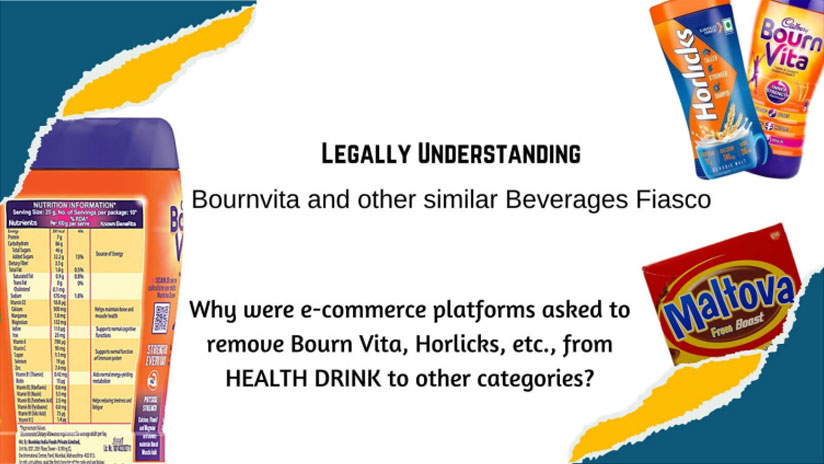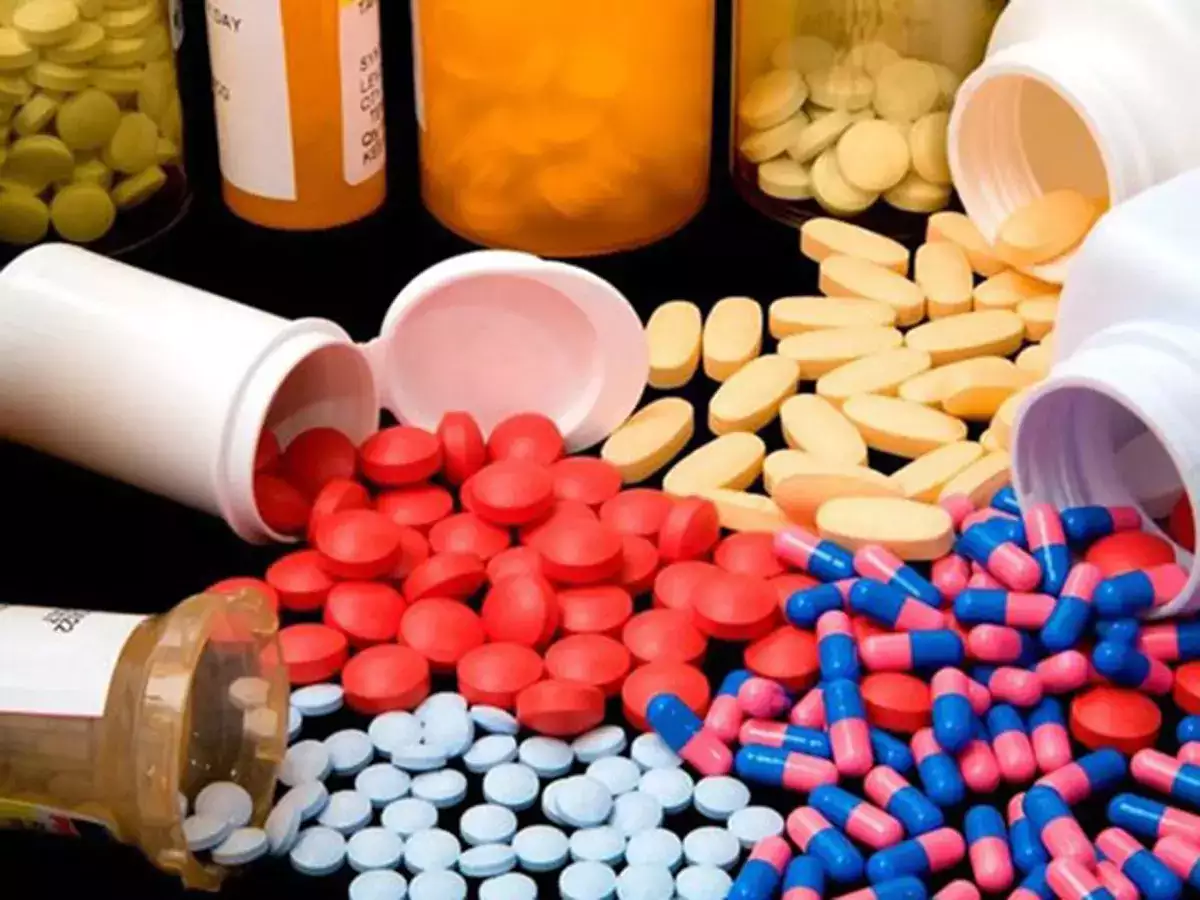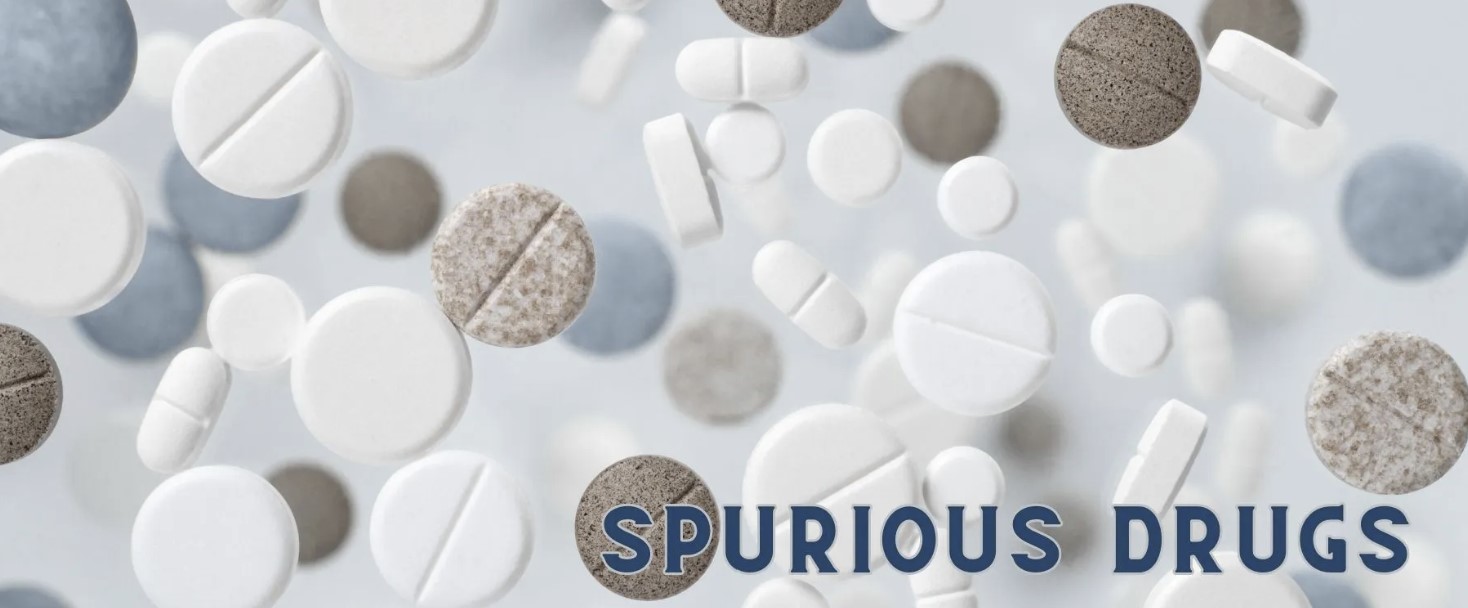The Rules, 1945 play a crucial role in regulating the safety,
efficacy, and quality of drugs, medical devices, and health-related products in
India. These rules, established under the Drugs and Cosmetics Act, provide
clear guidelines for manufacturers and regulatory bodies to follow in order to
ensure that pharmaceutical products and medical devices are safe for public
use. In this blog, we’ll take a closer look at the key provisions outlined in
these rules, especially the standards for various categories of drugs and
medical products.
Drugs Included in the Indian
Pharmacopoeia (Rule 124)
Rule 124 sets the foundation for determining the
standards of identity, purity, and strength of drugs. If a drug is included in
the Indian Pharmacopoeia (IP),
its standards must align with the latest edition of the IP. In cases where the
current edition does not specify certain standards, manufacturers can refer to
the immediately preceding edition of the Indian Pharmacopoeia. This rule
ensures that drugs in India are consistently evaluated based on recognized,
official standards.
However, not all drugs are included in the IP. For
drugs that are not part of the Indian Pharmacopoeia, Rule 124 specifies that
the standards for identity, purity, and strength should comply with the
official pharmacopoeia of the country the drug claims to align with. If no
standards are available in the current edition of that pharmacopoeia, the
preceding edition applies. Additionally, if a drug does not feature in any
national pharmacopoeia, the standards specified in well-regarded international
compendia, such as the British
Pharmaceutical Codex or the National
Formulary of the United States, may be referred to.
Patent or Proprietary Medicines
(Rule 124B)
Patent or proprietary medicines—products that are
formulated and sold by a specific manufacturer under a unique brand name—are
subject to specific standards under Rule
124B. These medicines must adhere to the standards laid down in Schedule V of the Drugs and Cosmetics
Rules, ensuring that they meet quality, safety, and efficacy guidelines.
Additionally, these products must also comply with the standards outlined in
the Second Schedule of the Act,
which further supports the regulatory framework ensuring consumer safety.
Surgical Dressings and Sterilized
Umbilical Tapes (Rules 124C & 124D)
For surgical dressings, Rule 124C specifies the standards that manufacturers must follow,
which are detailed in Schedule F(II).
This ensures that dressings used in medical procedures meet the required safety
and quality benchmarks to avoid complications. Similarly, Rule 124D provides standards for sterilized umbilical tapes, which are
critical in newborn care. The standards for these products are defined in Schedule F(III) to ensure that they
are safe for medical use, particularly in delicate procedures involving
infants.
Contraceptives (Rule 125)
Contraceptives, both mechanical and other forms,
are another critical area covered under the Drugs and Cosmetics Rules, 1945. Rule 125 sets forth the standards
for these products, ensuring that they are both effective and safe for use. For
mechanical contraceptives, the standards specified in Schedule R apply. Meanwhile, other contraceptive products must
comply with formulas that have been approved by the Central Government for their safety and efficacy. These formulas
must be clearly displayed on the product labels, providing transparency for
consumers.
Medical Devices (Rule 125A)
With the increasing reliance on medical devices for
diagnosis, treatment, and patient care, ensuring their safety is paramount. Rule 125A outlines the standards for
medical devices, which are specified in Schedule
R-1. These standards ensure that devices like syringes, pacemakers, and
diagnostic tools are manufactured according to rigorous safety and performance
guidelines, helping prevent malfunction and ensuring patient safety.
Disinfectants (Rule 126)
The role of disinfectants in maintaining hygiene
and preventing infections cannot be overstated, especially in medical and
public health settings. Rule 126
covers the standards for disinfectants, which must adhere to the guidelines set
out in Schedule O. These
standards ensure that disinfectants used for cleaning medical environments,
surfaces, or even in consumer products meet the necessary safety criteria for
effective use.
Ophthalmic Preparations (Rule
126A)
Lastly, Rule
126A governs the standards for ophthalmic
preparations, which include eye drops and ointments, and even
homeopathic formulations used in eye care. These products must comply with the
standards set in Schedule FF,
ensuring that they are free from contaminants and safe for use in one of the
most sensitive areas of the human body—the eyes. Additionally, these
preparations must also meet the standards laid out in the Second Schedule of the Act, further
ensuring their quality.
Conclusion
The standards outlined in the Drugs and Cosmetics Rules, 1945 are
designed to protect public health by ensuring that only safe, effective, and
high-quality products reach the market. By adhering to these regulations,
manufacturers and regulatory bodies play a crucial role in preventing
substandard, counterfeit, or harmful products from causing harm. These
standards also foster consumer confidence, ensuring that the public can rely on
pharmaceutical and healthcare products to meet the highest standards of safety
and efficacy.
In conclusion, the Drugs and Cosmetics Rules
provide a comprehensive framework for regulating drugs, medical devices, and
health-related products. Understanding these standards is essential not only
for compliance but also for maintaining the integrity of India’s healthcare
system and ensuring that consumers are protected from substandard or unsafe
products.


